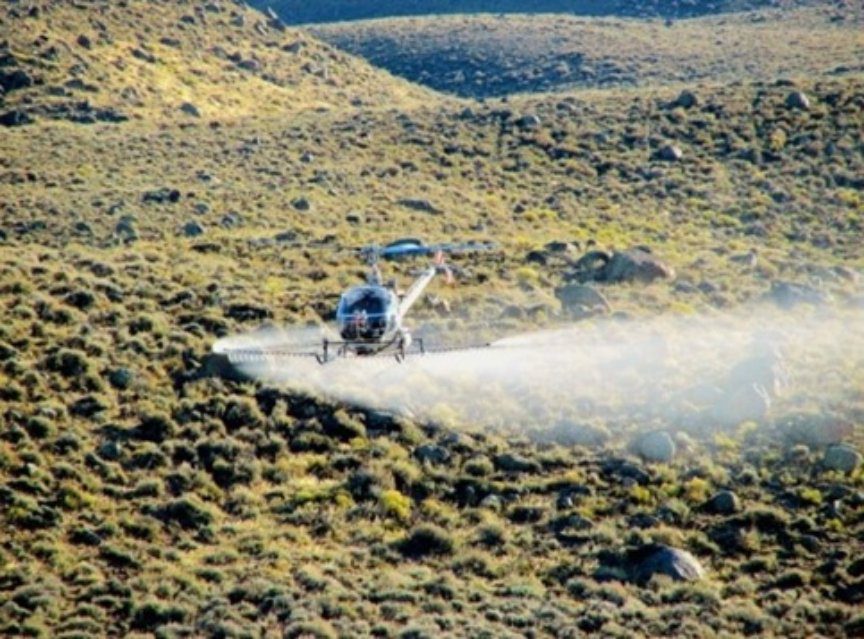Mule Deer Foundation and Wyoming Game and Fish Department Complete Over $900,000 in Projects Under Migrations Grant

The Mule Deer Foundation is the only conservation group in…
The Mule Deer Foundation and Wyoming Game and Fish Department (WGFD) recently completed projects to improve mule deer conservation in priority areas identified in the Wyoming State Action Plan associated with DOI Secretarial Order 3362. The projects were implemented using more than $900,000 in funding provided by the Bureau of Land Management in a grant administered through National Fish and Wildlife Foundation’s “Improving Habitat Quality in Western Big Game Winter Range and Migration Corridor Program.” The grant focused on the Sublette and Platte Valley mule deer herds and included 56.5 miles of fencing modifications, 20,573 acres treated for invasive plants, and removing encroaching junipers on 1,285 acres.
“The Mule Deer Foundation appreciates our partnership with the Wyoming Game and Fish Department to accomplish so much together in these priority mule deer corridors and winter ranges,” commented Mule Deer Foundation President/CEO Joel Pedersen. “By modifying fencing in critical areas, deer and other wildlife will be able to move more freely across the landscape, and the habitat restoration projects will improve forage to keep them healthier through the winter.”
The majority of funding was prioritized for the Sublette mule deer herd. The WGFD treated 10,000 acres of cheatgrass through aerial application, and 280 acres in the Horse Creek wildfire and Soapholes project were treated manually with backpack sprayers targeting pepperweed and a variety of noxious thistles. In addition, 45 miles of fence improvements were made in the Half Moon and Black Butte Wildlife Habitat Management Areas, the Daniel Public Access Area (managed by WGFD) and with partners on private lands.

For the Platte Valley mule deer herd, four fencing projects converted 11.5 miles of fence to wildlife friendly designs. In addition, invasive plant treatments focused on leafy spurge management (9,173 acres) in three separate areas, and cheatgrass treatments (1,120 acres) on the Pennock Wildlife Habitat Management Area. Junipers encroaching into sagebrush rangelands were thinned on 1,285 acres using lop and scatter and mastication techniques.

“Wyoming Game and Fish Department appreciates the opportunity to work with partners to implement these important projects in mule deer migratory habitat,” said Doug Brimeyer, Wildlife Division Deputy Chief for WGFD. “Completing additional conservation work on the ground continues to be one of the success stories from Department of the Interior Secretarial Order 3362 and other similar initiatives that prioritize vital wildlife habitats.”
This week’s edition of the Mule Deer Foundation’s Talking Mule Deer podcast features MDF’s Wyoming habitat partnership coordinator Nicole Reed and regional director Shawn Blajszczak talking about these and other projects in the state in more detail.

The Mule Deer Foundation is the only conservation group in North America dedicated to restoring, improving and protecting mule deer and black-tailed deer and their habitat, with a focus on science and program efficiency. MDF is a strong voice for hunters in access, wildlife management and conservation policy issues. MDF acknowledges regulated hunting as a viable management component and is committed to recruitment and retention of youth into the shooting sports and conservation. Get involved in your state or become a member at www.muledeer.org or call 1-888-375-3337.





